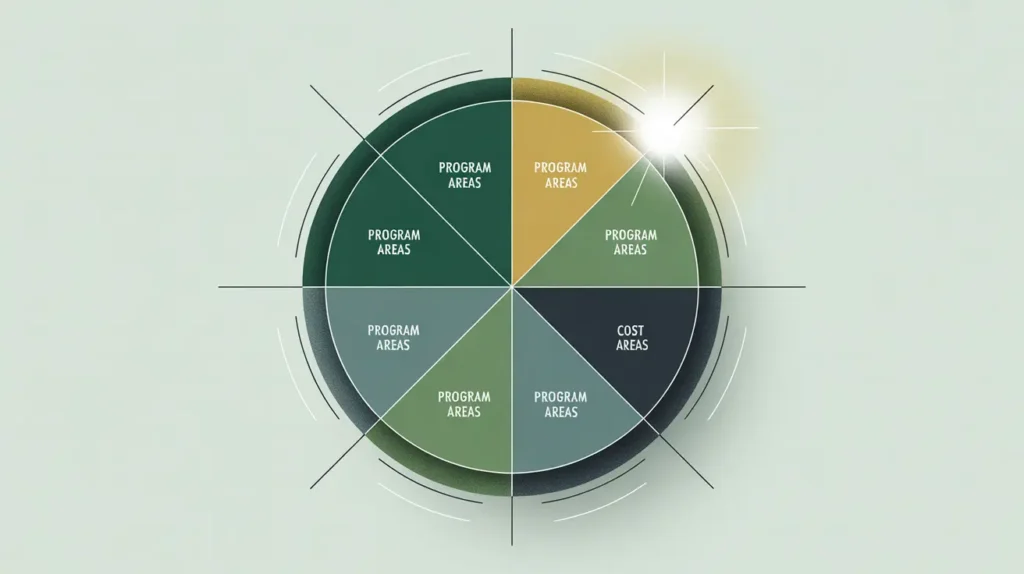Importance of Pipeline (Planned Spend)
Pipeline, or planned spend, projects how much funding will be spent over a given period, helping nonprofits plan activities and align resources with delivery schedules. This matters because many programs, especially in social innovation and international development, operate under strict donor timelines and milestones. Without pipeline planning, organizations risk underspending (and losing credibility or funds) or overspending (and creating deficits). Boards and donors use pipeline data to monitor whether resources are being managed proactively and in line with commitments.
Definition and Features
Pipeline (planned spend) is defined as the forward-looking schedule of projected expenditures based on budgets, encumbrances, and implementation plans. Key features include:
- Projection Tool: estimates future spending patterns, often month by month.
- Inputs: combines budget data, encumbrances, and program timelines.
- Purpose: ensures spending aligns with donor requirements and program delivery pace.
- Adaptability: updated regularly as circumstances or assumptions change.
Pipeline differs from burn rate, which measures the actual pace of spending, by focusing on what is expected to happen in the future.
How This Works in Practice
In practice, nonprofits develop pipeline forecasts during grant management and program planning. For example, a $3 million three-year grant may forecast $1 million of spending per year, with detailed quarterly breakdowns. Finance teams update the pipeline monthly, incorporating actuals, encumbrances, and planned procurements. Program managers use pipeline reports to anticipate cash flow needs, schedule activities, and communicate with donors about anticipated variances. Donors often request pipeline reports to assess whether programs are on track to use funds effectively within the grant period.
Implications for Social Innovation
For nonprofits in social innovation and international development, pipeline planning provides a vital tool for aligning financial management with program impact. Transparent reporting reduces information asymmetry by showing stakeholders not only how funds have been spent but also how they are expected to be deployed. Donors benefit from greater predictability and confidence in project execution, while organizations gain flexibility to adjust plans in response to shifting conditions. By managing pipeline effectively, nonprofits strengthen credibility, minimize risks of lapses or underspending, and ensure resources are strategically timed to maximize systemic impact.







